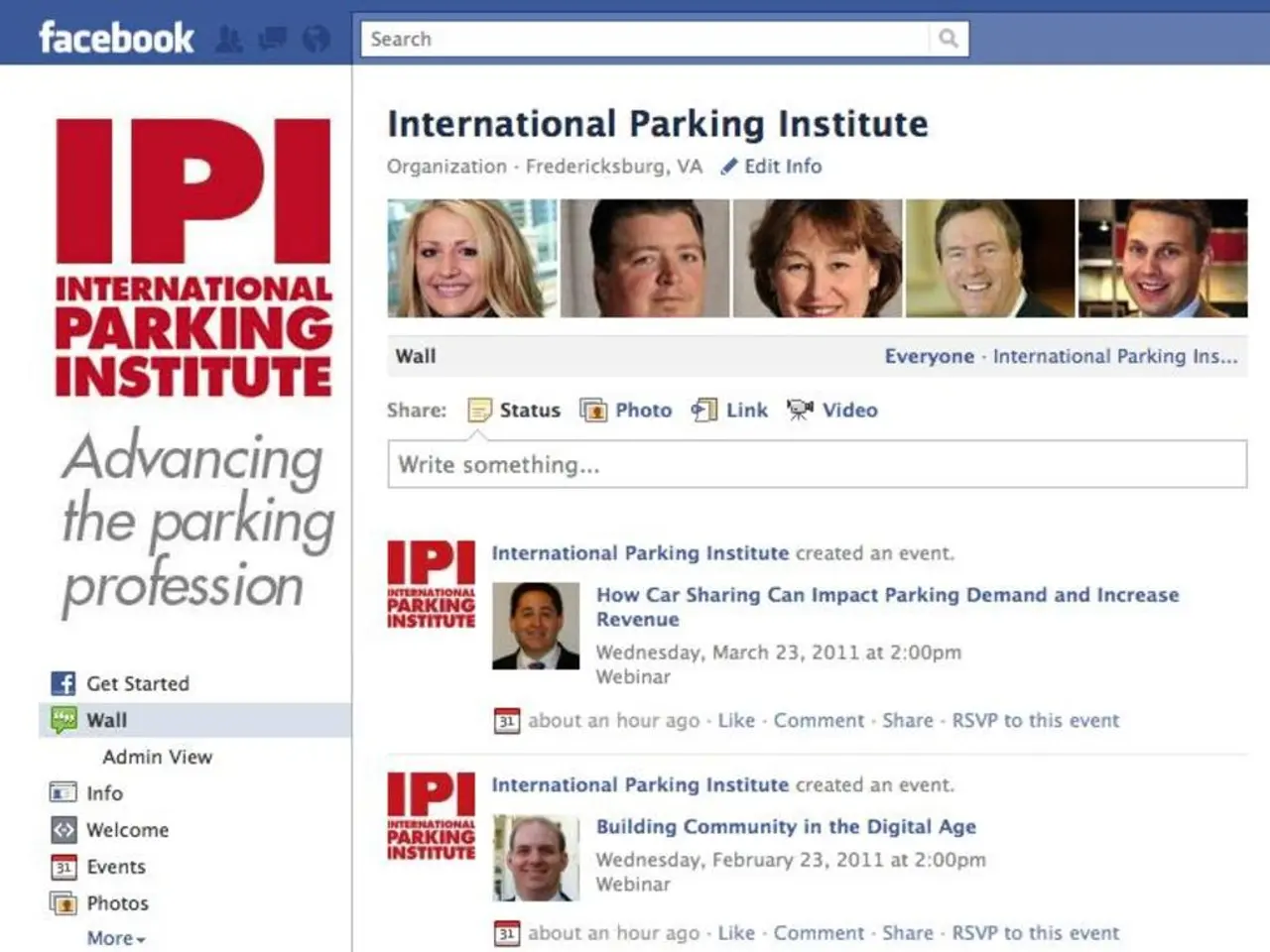Strategies for Successful Learning: Guidelines for Efficient Studying and Time Optimization
Effective Study Techniques for Successful Learning
In the pursuit of academic success, adopting effective study strategies can significantly enhance the learning experience. These techniques, which combine elements of time management, active learning, and tailored study tools, cater to various learning styles and help manage time, improve memory, and boost retention.
Managing Time
One of the most efficient ways to manage time is through time blocking. This involves scheduling dedicated blocks for specific study tasks, ensuring that each task receives the attention it requires. Another popular method is the Pomodoro Technique, which breaks study sessions into focused intervals, such as 25 minutes, followed by short breaks.
The 2-Hour Learning Rule suggests using one to two focused 2-hour sessions daily, divided into active learning and review, with 5–10 minute breaks every 30–45 minutes to match natural attention spans. Calendar syncing is also crucial, as adding all class deadlines and study commitments upfront can help avoid conflicts or surprises. Prioritization methods like the Eisenhower Matrix or the 80/20 rule can help focus on high-impact tasks first.
Improving Memory
Effective memory-boosting strategies include the use of active recall tools like flashcards (physical or digital such as Quizlet and Anki), which employ spaced repetition to reinforce learning just before forgetting sets in. Mind maps are another valuable tool, visually organizing and connecting information, particularly supporting visual learners by creating associations and colours that enhance retention.
Paraphrasing and pre-tests engage learners actively with the material, helping to identify areas that require more attention. Integrating imagery and audio into study aids addresses multiple sensory channels, deepening memory encoding.
Catering to Different Learning Styles
To cater to different learning styles, kinesthetic techniques like role-playing or hands-on problem solving can be used. Visual tools such as mind maps and flowcharts help break down and link concepts sequentially. Auditory learning is supported by listening to recorded lectures, discussions, or embedded audio in flashcards.
Interactive learning platforms like Khan Academy, Coursera provide videos, quizzes, and forums, allowing learners to engage with content in varied ways. Active studying strategies, such as explaining concepts to peers, asking questions about the material, and relating content to personal experiences, promote deeper understanding beyond passive reading.
Creating a Distraction-Free Environment
To maximise focus, it's essential to create a quiet and comfortable study space, minimising distractions. Taking effective notes by capturing main ideas and concepts can aid in retaining information. Breaking study sessions into smaller, manageable tasks can help manage workload and prevent burnout.
Using Memory Improvement Strategies
Utilising mnemonic devices, such as acronyms or visual images, can aid in memorising complex information. Regularly testing yourself on the material can help identify areas needing improvement and reinforce learning.
Taking Care of Your Well-Being
Lastly, it's crucial to prioritise physical and mental health. Getting enough sleep, eating nutritious meals, and exercising regularly are all essential for maintaining a sharp mind and a productive study session. Reviewing and summarising notes regularly reinforces understanding of the material.
By integrating these strategies, students can efficiently use their study time, enhance memory retention through active and multisensory learning, and flexibly address the unique preferences of individual learners, leading to a more successful and enjoyable learning experience.
- Utilizing effective study techniques, such as time blocking, the Pomodoro Technique, and the 2-Hour Learning Rule, can help students manage their time effectively, improve memory, and boost retention, leading to improved performance in education-and-self-development and, consequently, a successful learning experience.
- Implementing memory-boosting strategies, like active recall tools, mind maps, paraphrasing, and pre-tests, can cater to different learning styles, promote active learning, and reinforce learning by addressing multiple sensory channels, ultimately enhancing productivity and mental health.
- To achieve overall academic success, students should also prioritize their physical and mental health by getting enough sleep, eating healthily, exercising, and taking regular breaks to prevent burnout, as these factors contribute significantly to productivity and learning capacity.




